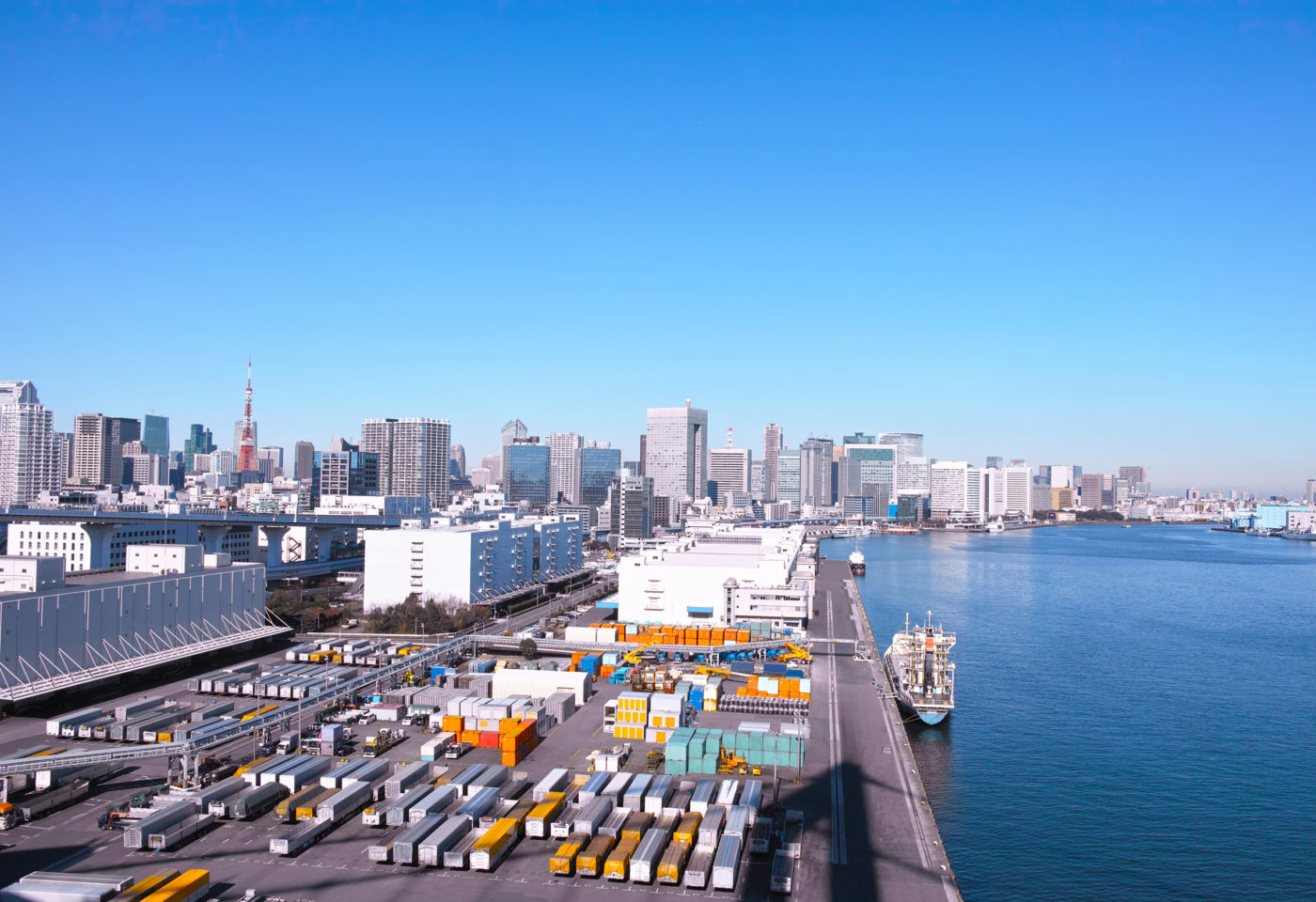Despite the withdrawal of the U.S. from the Trans-Pacific Partnership agreement (TPP), the largest trade deal in history hasn’t disappeared. In fact, Japan and New Zealand have already formally ratified the deal – now the TPP11 – and other signatories are looking to do the same.
Canada should follow suit, if for no other reason than to secure an immediate trade deal with Japan.
Although Japan’s rank as one of Canada’s top export markets fluctuates (it was fourth in 2016), it has always been a steady trading partner, as evidenced in the figure below. And Japan is the world’s third largest economy after the U.S. and China.
!function(e,t,s,i){var n=”InfogramEmbeds”,o=e.getElementsByTagName(“script”),d=o[0],r=/^http:/.test(e.location)?”http:”:”https:”;if(/^/{2}/.test(i)&&(i=r+i),window[n]&&window[n].initialized)window[n].process&&window[n].process();else if(!e.getElementById(s)){var a=e.createElement(“script”);a.async=1,a.id=s,a.src=i,d.parentNode.insertBefore(a,d)}}(document,0,”infogram-async”,”//e.infogram.com/js/dist/embed-loader-min.js”);
Although Canada and Japan have technically been negotiating an Economic Partnership Agreement since 2012, formal talks haven’t occurred since 2014 as focus shifted to finalizing the TPP. Starting up the EPA talks again, or beginning new discussions on a bilateral agreement, would mean years before an agreement is concluded and implemented. The TPP, in comparison, is a done deal. Signatories to the original agreement are working on how to proceed without the U.S. with an announcement expected at the upcoming November Asian Pacific Economic Co-operation (APEC) Summit in Vietnam. Canada can join Japan and New Zealand in ratifying the agreement now or do so in November. Either way, the federal government needs to signal clearly to Canadian business and the other TPP signatories that it is prepared to move ahead.
The TPP11 is particularly important to the West. Last year, more than 65 per cent of Canadian exports to Japan were from the western provinces. Here’s how the trade deal will benefit some key western Canadian exports to Japan:
Agri-food commodities
Japanese consumers have growing demand for agri-food products it can’t meet with domestic supply – items like meat, grain, oilseeds and pulses. These are all commodities western Canada excels at producing and exporting. The trade agreement Japan concluded with Australia in 2014 gives our competitor an advantage over us in supplying the Japanese market with these products. The TPP will level the playing field, and more importantly, because the U.S. is no longer part of the agreement, it will give Canadian producers a better position in the Japanese market than the U.S.
Beef
If the TPP were already in place, Canada would not be subject to the 50 per cent tariff on beef exports Japan implemented earlier this month. Japan is the fourth largest export market for Canadian beef; producers will feel the pain of these high tariffs. In comparison, beef exporters in Mexico and Australia, countries that already have trade deals with Japan, will pay drastically lower tariffs. Should Canada ratify the TPP, we can expect a reduction in beef tariffs, while the U.S. continues to face the original amount. Given that more than 30 per cent of Japan’s beef imports come from the U.S. while Canada supplies about two per cent, there is a lot of room for Canada to take market share (sales) away from the U.S.
Pork
Japan is the second largest export market for Canadian pork. Last year, more than 60 per cent of pork exports to Japan were sourced from Manitoba and Alberta. The TPP will increase profits for pork producers selling to Japan – upon implementation of the deal, Japan’s 4.3 per cent tariff on fresh, chilled and frozen pork will drop by 50 per cent, with the remaining tariff reduced over 10 years.
Canola
Japan’s five per cent tariff on canola oil, while small, is enough to restrict exports, in part because canola seed is duty-free. The result is that canola seed is shipped to Japan for processing there. The TPP will eliminate the tariff on canola oil, which could spur an increase in our domestic canola processing.
Softwood
The TPP will immediately halve Japan’s current 4.8 per cent tariff on softwood lumber to 2.4 per cent, eliminating it by year 15 of the agreement. This is extremely attractive to softwood exporters in B.C. and the prairies who are currently subject to duties averaging 27 per cent on softwood shipments into the U.S., as the Canada-U.S. softwood lumber dispute drags on.
Canada’s agriculture and commodity exporters will actually fare better in a TPP11 without the U.S. In Japan in particular, we will have an advantage over our U.S. competitors and finally be on a level playing field with other competitors like Australia and Chile.
The TPP11 is Canada’s chance to finally get a trade deal with one of our most important trading partners, Japan, plus the equivalent of trade agreements with nine other markets.
Let’s hope the Canadian government follows the lead of Japan and New Zealand and ratifies the TPP in the fall session of parliament.
Naomi Christensen is senior policy analyst at the Canada West Foundation.
